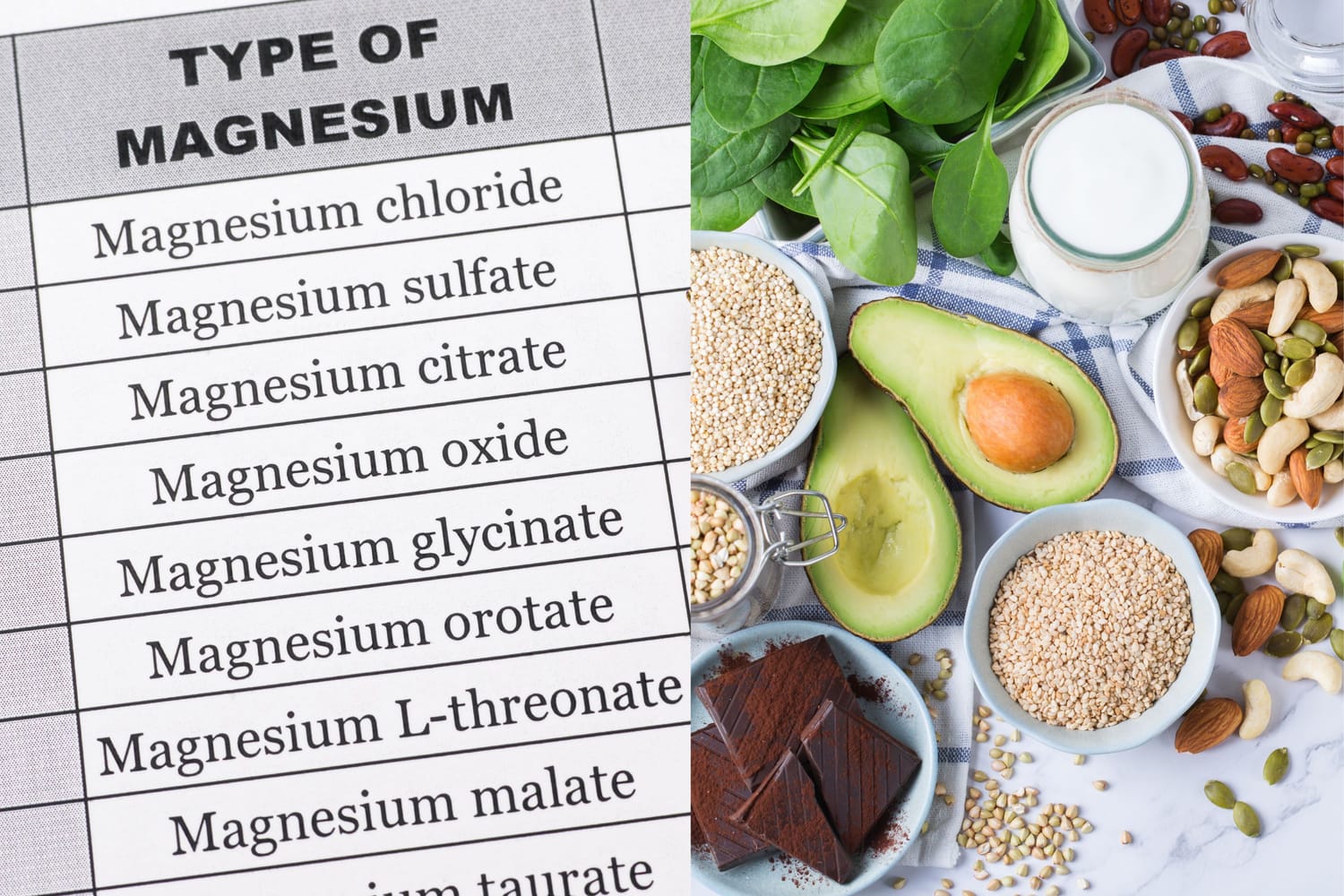

Vitamin A Explained: Retinol vs. Beta-Carotene
When explaining the difference between vitamin A from retinol (or its ester forms, such as retinyl palmitate) and vitamin A from beta-carotene, it's essential to first understand that they represent two different forms of vitamin A: preformed vitamin A and provitamin A.
1. Vitamin A from Retinol (Preformed Vitamin A)
Source
Preformed Vitamin A is found in animal products, such as beef liver, fish oils, eggs, and dairy products. Supplements often contain retinol or retinyl esters like retinyl palmitate.
How It Works
Retinol is ready for the body to use directly, as it is already in the active form of vitamin A. Once consumed, it is immediately available to support vital functions.
Health Effects
Preformed vitamin A is crucial for eye health, supporting the immune system, promoting healthy skin, and facilitating growth and development.
However, since it is fat-soluble and stored in the liver, excessive intake can lead to toxicity (also known as hypervitaminosis A), as the body doesn't easily get rid of excess amounts.
Symptoms of toxicity can include liver damage, severe headache, blurred vision, nausea, hair loss, and coordination problems.
Recommended intake for Preformed Vitamin A
Recommended Dietary Allowance (RDA) for adults is:
900 mcg (3,000 IU) daily for men.
700 mcg (2,333 IU) daily for women.
Upper Limit (UL) for adults (the maximum safe daily intake) is 3,000 mcg (10,000 IU) of retinol.
Exceeding this amount regularly can lead to toxicity, especially when consumed in supplement form over a long period.
If you suspect hypervitaminosis A, stop taking supplements with vitamin A and reduce your intake of vitamin A-rich foods like liver. It's crucial to consult a healthcare provider immediately for guidance.
To support liver detoxification, consider a supplement like Triple Liver Health, which contains Milk Thistle, Beet, Artichoke, Choline, Dandelion, Chicory, and Yarrow - all known for promoting liver health and detoxification. These natural ingredients efficiently help cleanse and regenerate your liver.
2. Vitamin A from Beta-Carotene (Provitamin A):
Source
Found in plant-based foods, especially colorful fruits and vegetables like carrots, sweet potatoes, spinach, and kale. Beta-carotene is the most common provitamin A.
How It Works
Beta-carotene is a precursor to vitamin A, meaning the body must convert it into active retinol to use it. This conversion happens in the liver and intestines.
Health Effects
While beta-carotene supports the same functions as retinol (vision, immunity, and skin health), the body only converts as much beta-carotene as needed, reducing the risk of toxicity.
Excess beta-carotene is generally not harmful. However, it can cause carotenemia, a harmless condition where the skin takes on an orange tint.
To reverse this, simply reduce your intake of beta-carotene-rich foods like carrots, sweet potatoes, and pumpkins. The skin discoloration will gradually fade over time.
If you’re concerned, consult your healthcare provider for advice.
Key Differences in Terms of Health Effects
Absorption and Conversion: Retinol is directly used by the body, while beta-carotene must be converted. Some individuals may have difficulty converting beta-carotene due to genetic factors or health conditions.
Toxicity Risk: Preformed vitamin A (retinol) carries a higher risk of toxicity with overconsumption, whereas beta-carotene is much safer at higher levels, as the body regulates its conversion to retinol.
Sources: Retinol is from animal products and is more readily bioavailable, while beta-carotene is from plant-based foods and is ideal for those following vegetarian or vegan diets.
In summary, both forms of vitamin A are essential for health, but retinol is immediately usable and poses a higher risk of toxicity with excessive intake, while beta-carotene is safer due to the body's regulation of its conversion process.
Disclaimer: This post may contain affiliate links.
LATEST POSTS






